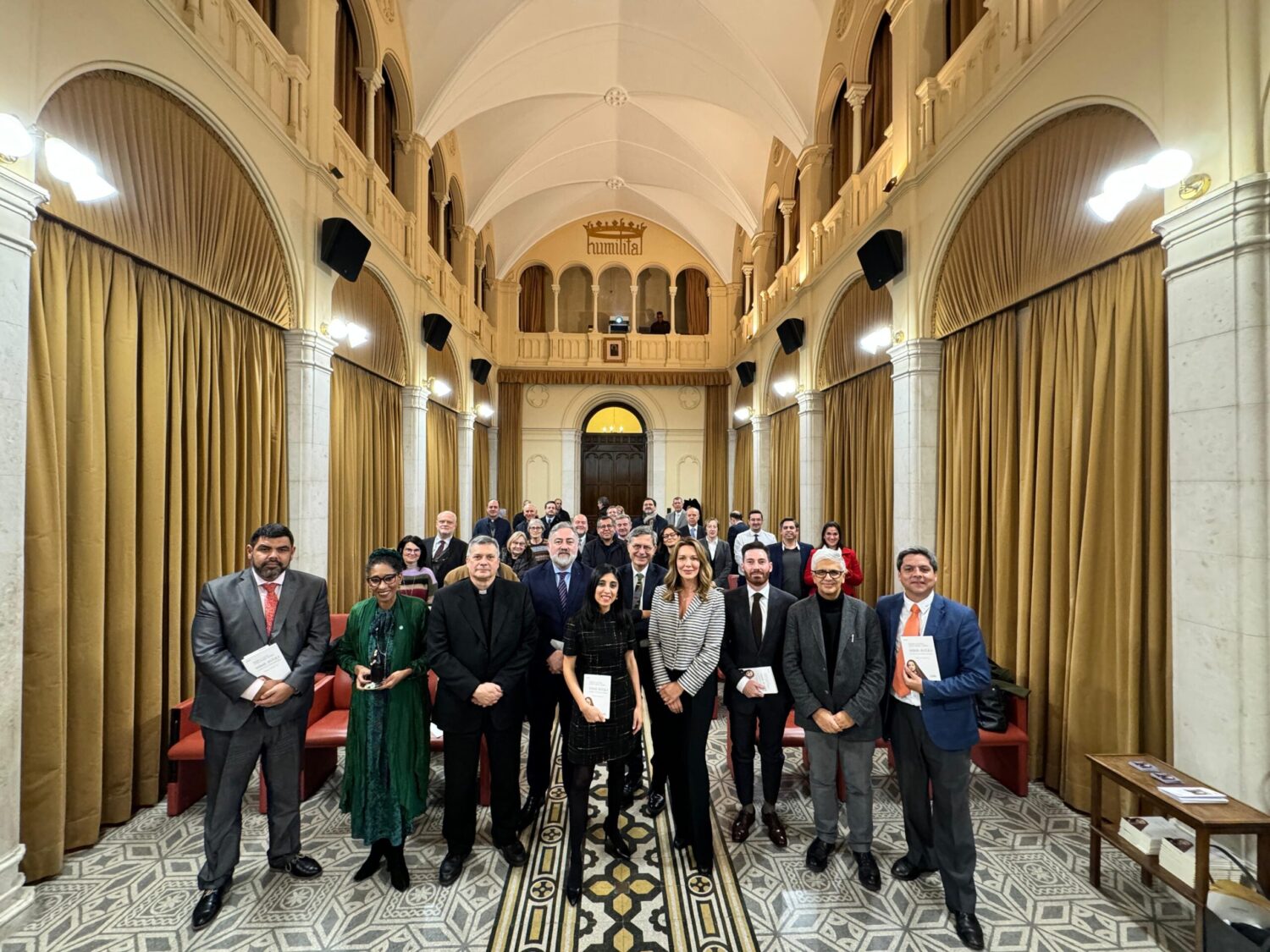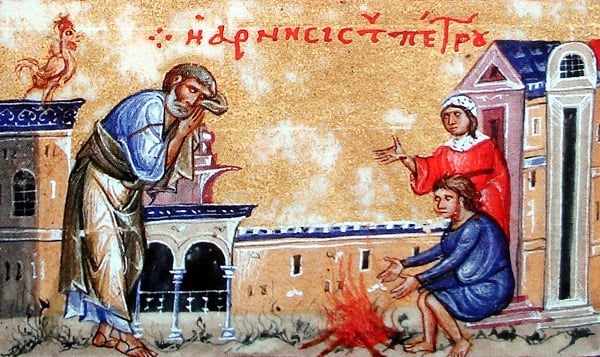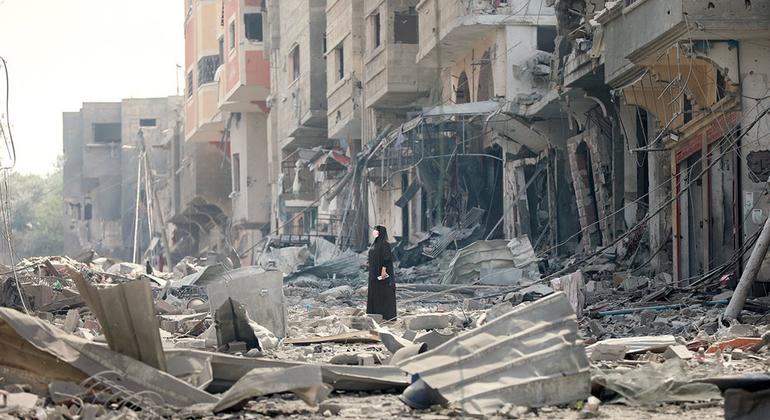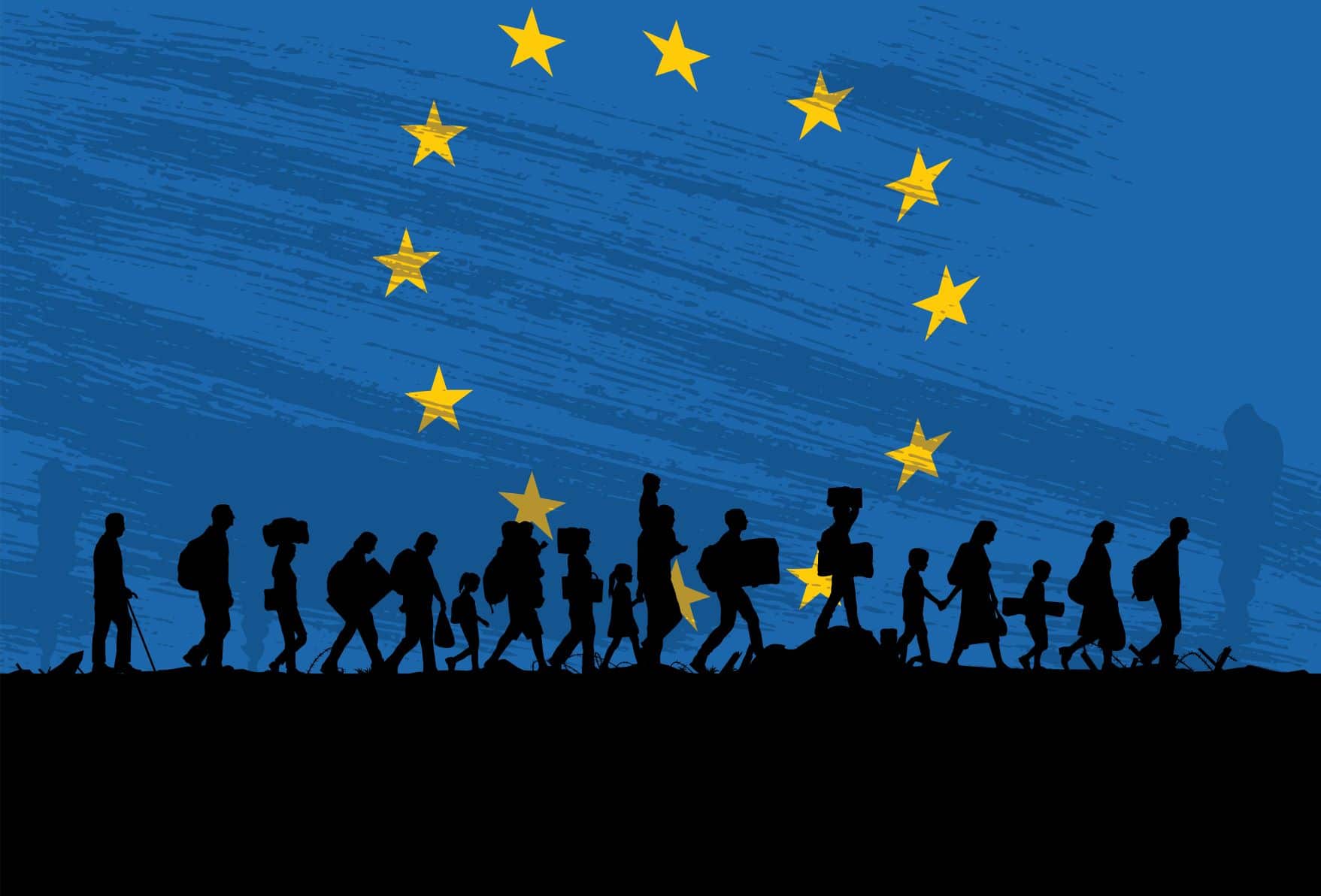Published in Italian by the prestigious Editrice Vaticana, the book illuminates the life and work of María Antonia de Paz y Figueroa, known as Mama Antula, who will be canonized on February 11, 2024, as announced by Pope Francis on Saturday 16 December.
“Mama Antula, the most rebellious woman of her time” written by Nunzia Locatelli and Cintia Suárez, was presented on Tuesday afternoon at an exclusive meeting at the Vatican Film Library a few meters from Pope Francis’ residence.
The presentation was attended by Andrea Tornielli, Vaticanist of great international prestige; Paolo Ruffini and Monsignor Lucio Ruiz, Prefect and Secretary of the Dicastery for Communication, respectively; Maria Fernanda Silva, Argentinean Ambassador to the Holy See and great promoter of the cause of Mama Antula, Nunzia Locatelli, and Cintia Suarez, authors of the publication.
“Mama Antula had to overcome adversities and all the rejection of the authorities until she obtained permission to return with the Ignatian spiritual exercises in the midst of the prohibition of everything Jesuit,” said Nunzia Locatelli about the importance of this lay woman who carried out a risky activity in the middle of the 18th century. The Italian journalist also highlighted the value of Mama Antula’s letters, which are in the Archivio di Stato di Roma and which contain part of the colonial history in which Mama Antula lived.
This saint from Santiago del Estero is portrayed in the book not only for her religious devotion but also for her rebellious spirit and her lasting impact on Argentine and religious history. The prologue of the book was written by Governor Gerardo Zamora, who emphasized the importance of spreading the history and legacy of the new saint, stating that “it is a source of pride that she is an Argentinean woman, and for us, a blessing that she is a daughter of our land, a standard bearer of this believing and pilgrim people” who represents the “qualities that forge our identity: she is a founding part of our moral, cultural and religious reserves that make our Mother of Cities a meeting point for different cultures, traditions, religions, and histories, respecting differences”.
For her part, Cintia Suárez, from Santiago, spoke about the importance of Mama Antula as the spiritual mother of the Argentinean homeland, since the heroes of May, Cornelio Saavedra, Alberti, and Moreno, passed through the Holy House of Spiritual Exercises in Buenos Aires, explained the Quichua origin of the saint’s name and related the prodigious events that the saint carried out during her lifetime. She also emphasized her emotion as a santiagueña to have the possibility of presenting this book in the Vatican.
“As an Argentinean and from Santiago, I feel very honoured to represent my country through Mama Antula in the Vatican. I am grateful to Pope Francis for this opportunity, who has made it possible for Mama Antula to be canonised very soon.”
The Argentinean presence included Federico Wals and Gustavo Silva, promoters of Mama Antula’s cause and organizers of the event together with the Vatican. Both are recognized together with the famous architect Fabio Grementieri for the creation of the Educational Theme Park “Parque del Encuentro” in the city of Santiago del Estero. Gustavo Guillermé, President of the World Congress of Intercultural and Interreligious Dialogue, Carlos Trelles, CEO of AXON Marketing & Communications, and businessman Kevin Blum also participated, contributing to the Argentinean representation with their presence and support, along with diplomats from various Latin American countries, international guests and personalities along with teachers, school headmasters, lawyers, civil society and some representatives of other churches, among them Iván Arjona, who is Scientology’s representative to the EU, UN, and interfaith relations.
This launch is not only a tribute to a crucial historical figure in Argentina but also reflects the country’s continued commitment to promoting its rich cultural heritage on the international stage.
The news in the background.
In a significant announcement for Argentina, the Holy See confirmed that Pope Francis will canonize María Antonia de Paz y Figueroa, better known as Mama Antula, on Sunday, February 11, 2024. This decision follows the approval of a miracle attributed to Mama Antula’s intercession at the end of October. The Vatican, after a regular consultation with the College of Cardinals, informed us that the canonization ceremony will take place on a symbolic date: the IV Sunday and the anniversary of the first apparition of the Blessed Virgin Mary in Lourdes.













